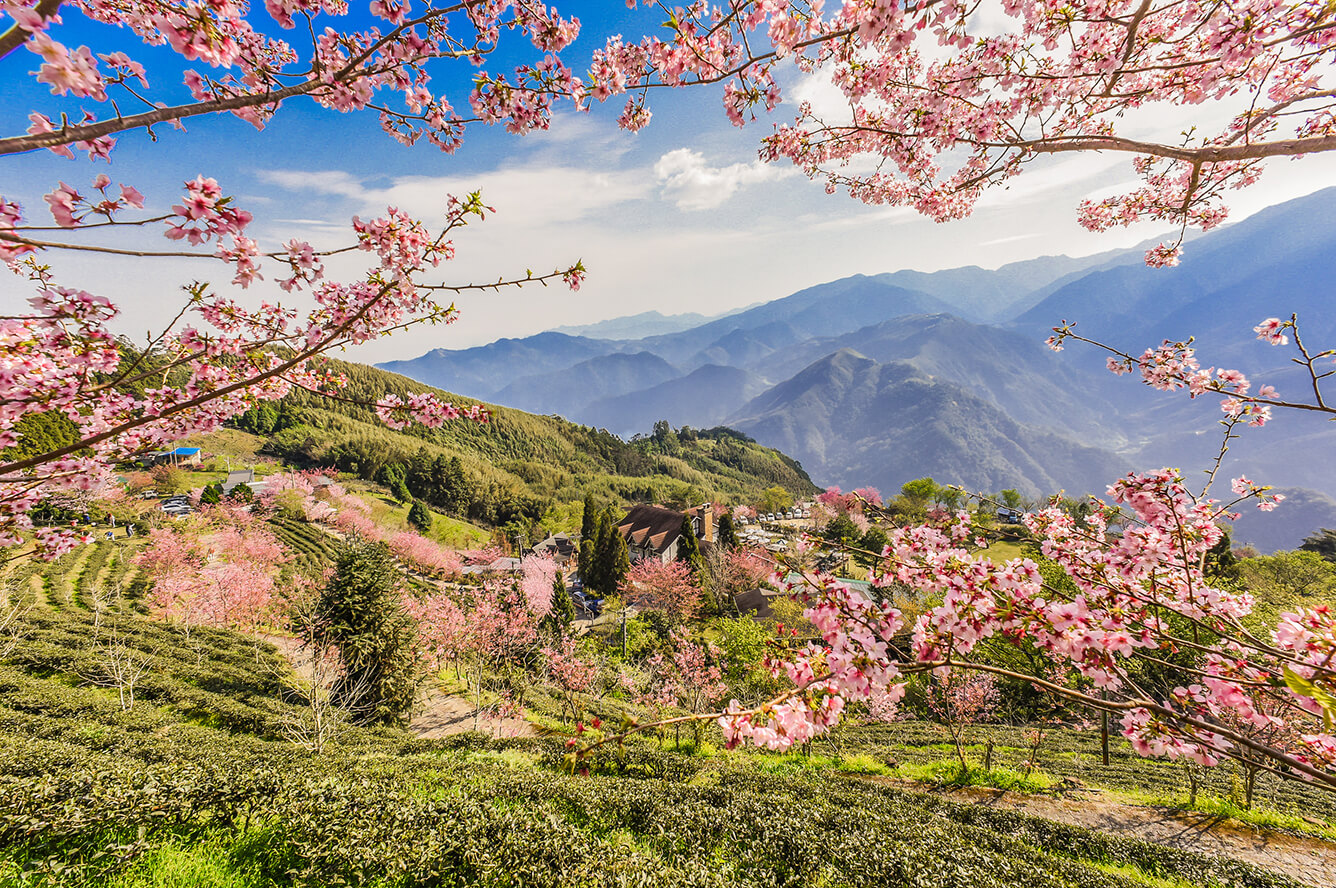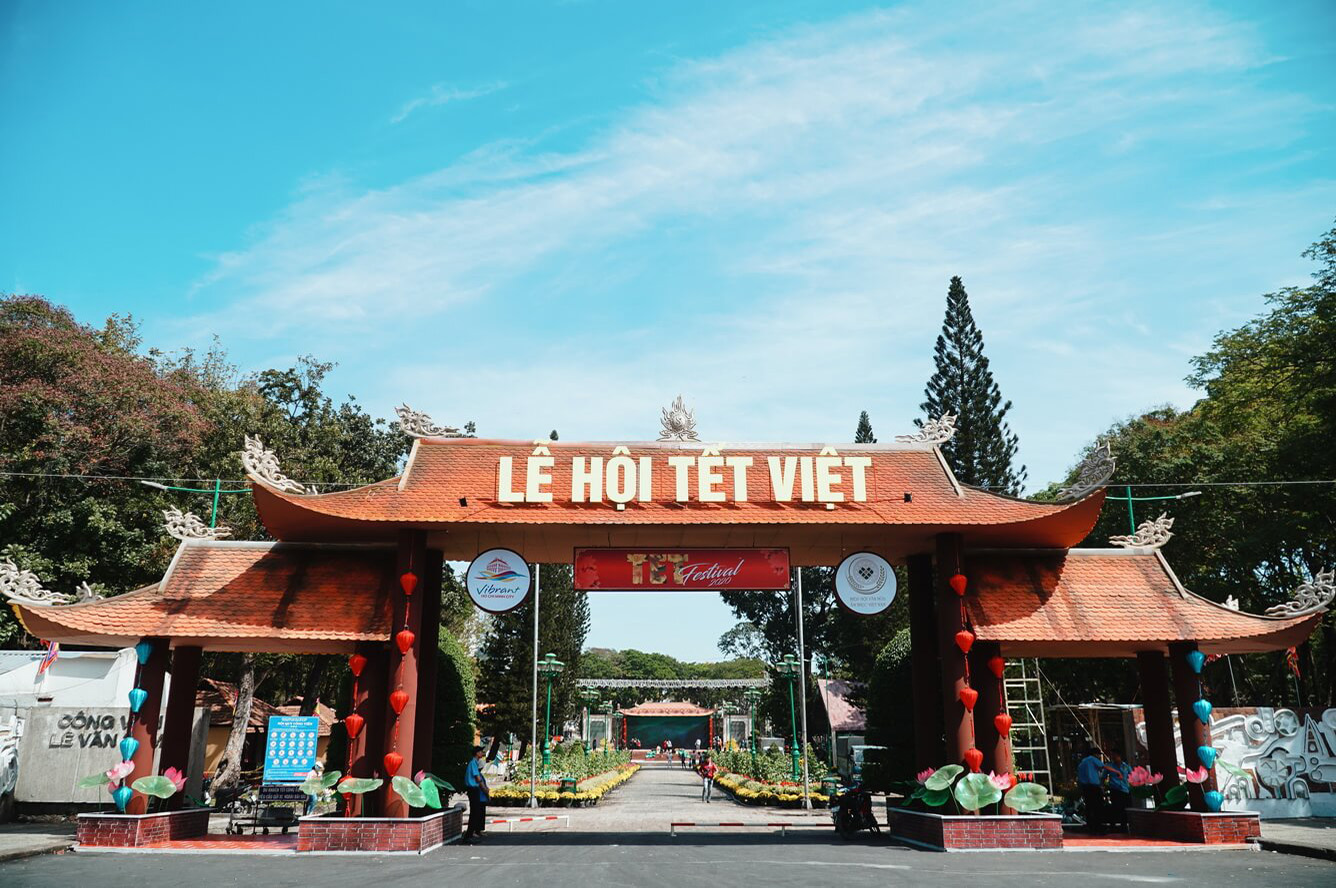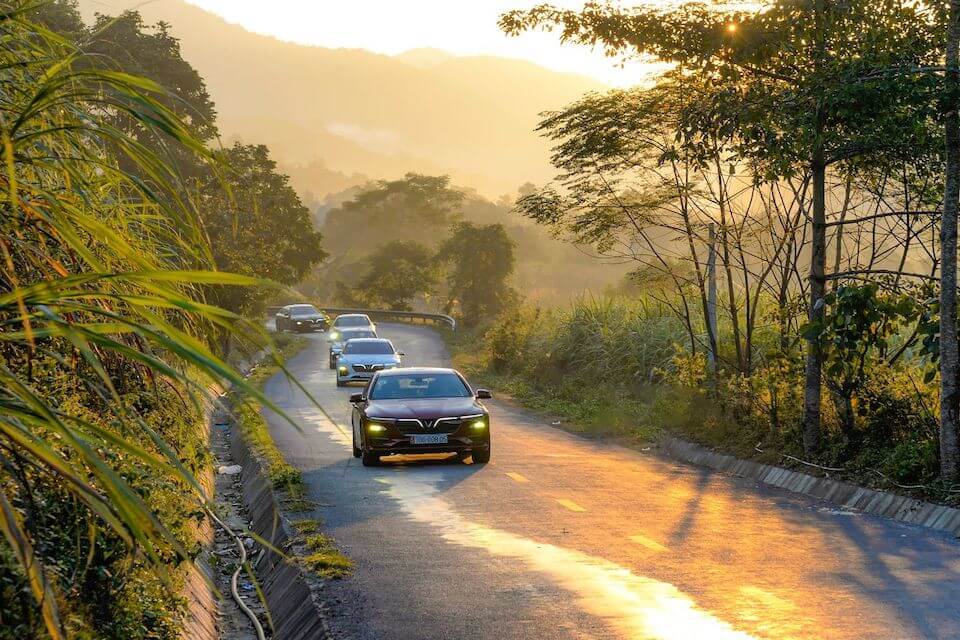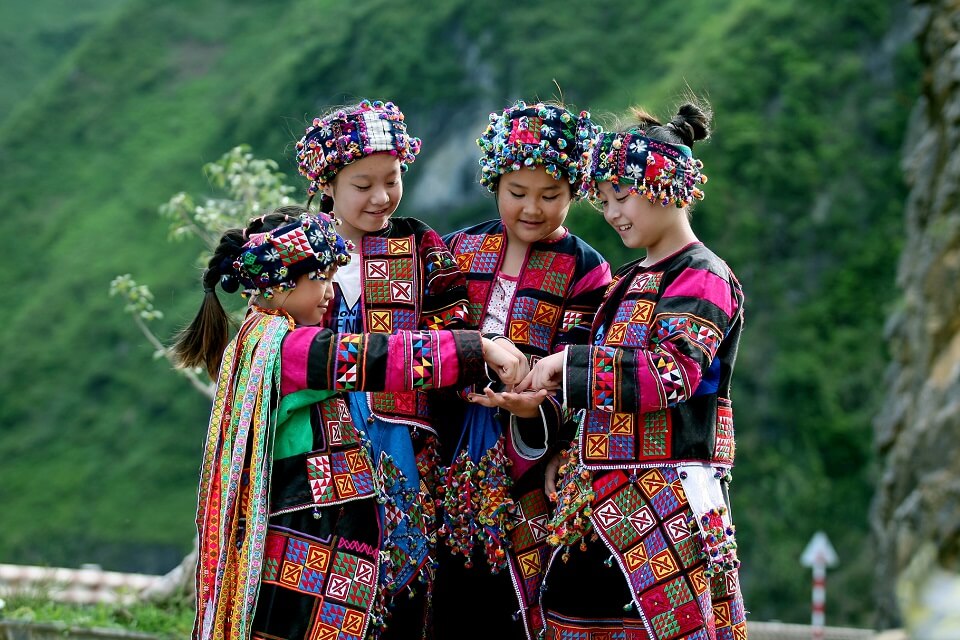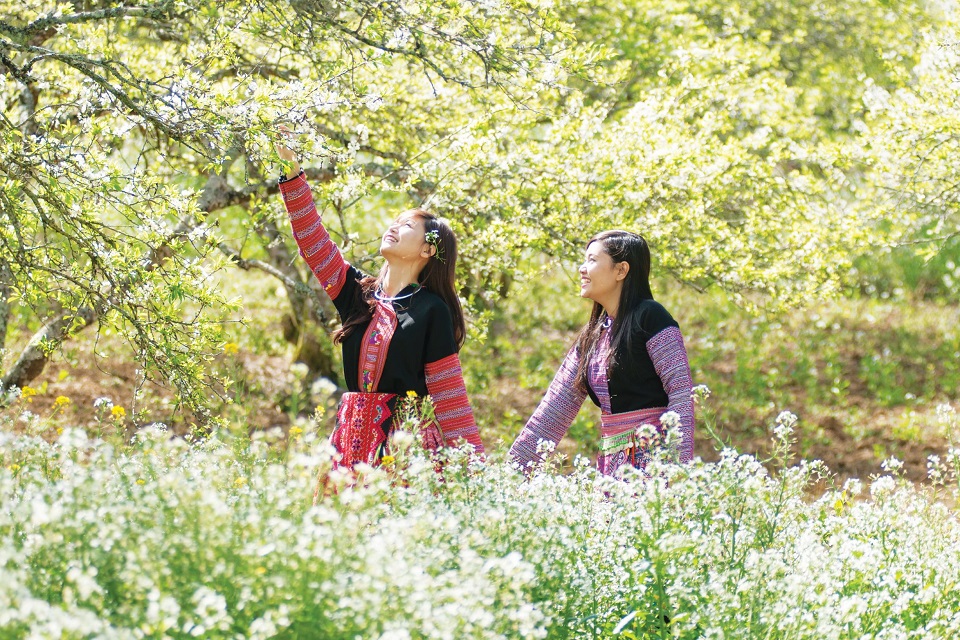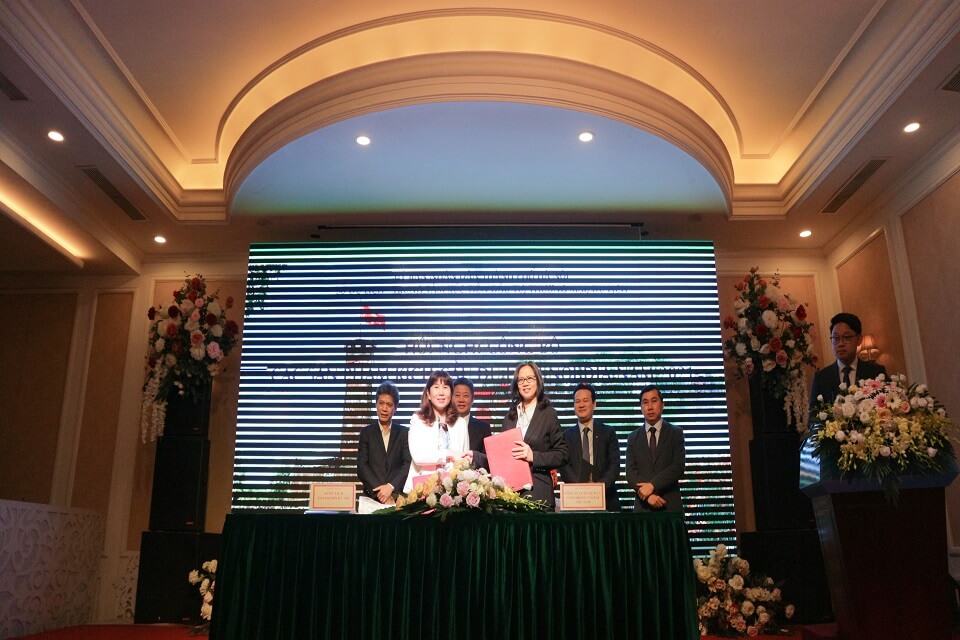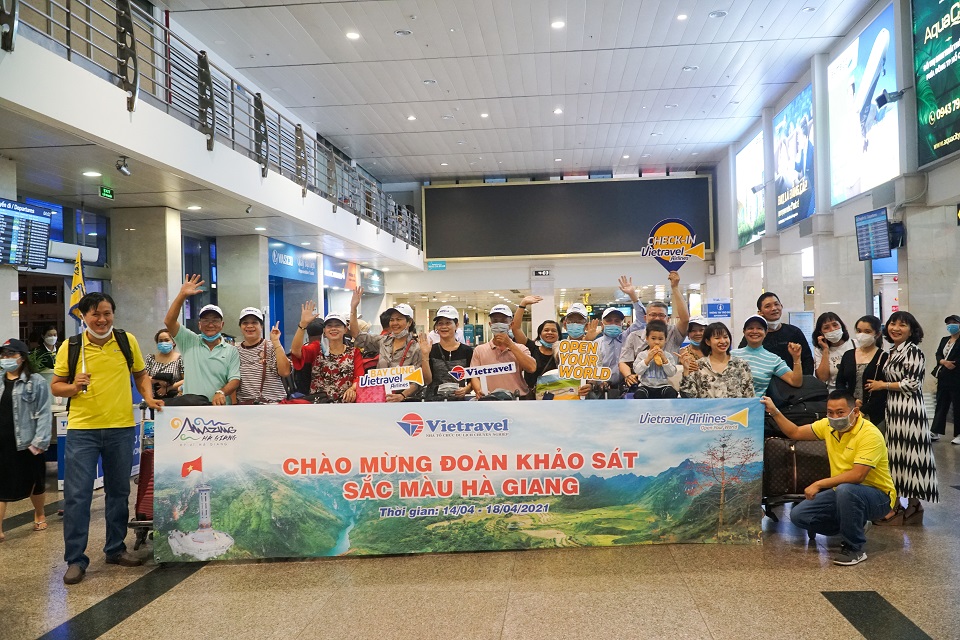Tibet: Asia's best winter destination?
Friendly locals and cycling around Lhasa in a T-shirt will keep you warm in the Tibetan winter
Since most travelers go to Tibet in the summer, Lhasa can sometimes appear swamped with tourists lining up at palaces and monasteries.
Winter is actually a better time to visit for many reasons.
The epic train journey from Beijing, Shanghai or Guangzhou is even more mind-expanding across a winter wonderland where the sunrise sprinkles golden light on the snowfields of the Tibetan plateau, and lonesome trucks navigate the frozen tundra under a milky blue sky.

Outside the window of a comfy train carriage, yak herdsmen, wearing coats with drooping hoods and extended sleeves, hunker down in bunkers to avoid whipping winds at minus 40 C.
Far away from the pollution of eastern China, the great rivers of East Asia lie in pure, frozen forms, waiting for the spring thaw to release them upon the continent below.
More than 4,000 meters above sea level, the Tibetan Plateau is one of the most otherworldly places on earth and like the Arctic or Antarctica, seemingly impossible to inhabit.
Even the coldest cynics are amazed at the locals’ resilience, and the Chinese and Tibetan gumption to construct a railway in these conditions.

Without spilling a cup of tea at 100 kph, the train brings into view a Xanadu of wild horses and antelope roaming an icy landscape, while inside the train migrant workers from coastal provinces blare ghettoblasters and spit sunflower seeds on the carpet, reveling in their newfound mobility.
Even 5,000-meter-high passes, which used to suffocate and repel invaders coming from sea-level, no longer deter lowlanders who get buzzed off the oxygen pumped mainline into their nostrils.
“We like Lhasa," one tells me in our shared second-class cabin. "We can do good business there. It’s easy now to travel to Tibet.”

Yet even after many trips, they are still transfixed by the bald mountains covered in angel cake icing, and the tiny villages with temples and cattle walls barely poking above the ocean of snow.
In the cold of night, we chug downhill into the fabled city of Lhasa. At 3,700 meters above sea level, being in Lhasa is like standing above the clouds atop Japan’s Mount Fuji.
To adjust to the killer altitude, wise travelers spend their first day or two in their hotel lobby or room, watching the ancient and modern worlds interacting outside.

Temperatures rise quickly with the sun, and morning skies can be incredibly blue, with afternoon cirrus clouds coming mysteriously close.
The daytime sun, which can be painfully hot and skin-burning at high altitude in summer, is now just the right temperature for walking or cycling around Lhasa in a T-shirt or sweater, and it casts sparkling clarity on photographs.
Without the summer crowds, you have the chilly corridors and sun-washed paths of Potala Palace almost to yourself, and you don’t have to line up at suburban monasteries such as Drepung and Sera.

The other “travelers” circling in a “kora” around the 1,400-year old Jokhand temple in Barkhor square tend to be pilgrims from other regions of Tibet.
Though Lhasa nights often require heavy winter coats, it’s easy to stay warm in a variety of clubs, restaurants and cafés with fire places.
In one cozy café, I meet young locals who take me to their home in the labyrinths of old Lhasa. Amid clothes soaking in murky water and flies festering around drying yak meat, lines of flags between buildings capture prayers blowing in the wind, making peace for everyone.

They lead me through an entrance of thick mats piled up to keep out bitter winds, and show me where they sleep next to each other on lush carpets and pillows on benches surrounding pots of yak butter, fuming yak meat, and soothing stews of potatoes, carrots and fungus that warm them outside and in.
In the traditional vest and apron of a married woman, my friend’s mother tells us how she’s not afraid of the cold, because it’s her destiny to end up beneath the winter sky where vultures will consume her flesh and drop it on mountaintops, as her soul journeys to the next incarnation through a steaming hell described in the "Book of the Dead."
Like many Tibetan youth in Lhasa, my friends listen to iPods playing Nepali rap, Tibetan folk tunes and Lhasa rock, including one song featuring a sizzling guitar solo and the Buddhist mantra "om mani padme om."

On Beijing Street, many young Tibetan women wear horse-riding boots, leather pants, braided hair, and black surgical masks to keep sand and dust off their faces.
In one club, pictures of ancient women in Tibetan headdresses peer down upon their descendents, who enjoy costumed folk dances and jumping on stage during songs with Mandarin or Tibetan lyrics.
With Chinese-owned shopping malls and deluxe hotels, parts of Lhasa, especially the Sun City area, resemble booming cities throughout greater China and all-night discos attract youth from Shanghai and Beijing looking for some hot stuff amid pole dancers and fire-juggling bartenders.

Whether rappers or ravers, Tibetan youth say their Western fashions and Chinese educations are merely robes covering the Buddha at their core.
Lhasa is still defined by the thousands of monks who endure the cold in crimson robes and sandals. At the Tibetan monasteries, which also serve as libraries and art galleries, many Chinese visitors, like Westerners, seem captivated by Lhasa’s spell.
The highlight of my trip was a pre-dawn two-hour rickety bus trip up a twisting road to Gamden Monastery, the world’s highest at 4,700 meters above sea level.
Inside temples painted in brilliant hues of red and yellow, meditative monks sat focused on their sand mandala paintings, which they would ritually destroy to symbolize the impermanence of life.
Though I missed the last bus at 1 p.m. and nearly died of altitude sickness trying to hike down before sundown, I was quickly warmed by the locals who drove me back to Lhasa.
There, I discovered why Tibetans love nothing better than yak butter tea boiled over a yak dung fire. It keeps you warm.
getting there
Foreigners can get the mandatory Tibet Travel Permit at many agencies in large Chinese cities. Be sure to buy train tickets in advance.
Take altitude sickness seriously. The rule is to spend your first night no higher than 2,400 meters, and raise your sleeping elevation no more than 300 meters per day.
Coming from Beijing or Shanghai, stay at 2,200 meters in Xining, Qinghai, and make day trips to monasteries at increasingly higher elevations, before taking the train to Lhasa, elevation 3,700 meters.
Or go via Dali, Yunnan, (elevation 2,000 meters), Lijiang (2,400 meters), and Zhongdian (3,200 meters) before flying or driving to Lhasa. Experts say most people who fly directly from sea level (example Tokyo, Hong Kong, or Bangkok) to Lhasa would become seriously ill within a few hours and have to fly back down immediately. Don’t risk it.
Spend your first days in Lhasa meditating in your hotel room or reading in the lobby. Drink at least three liters (two large bottles) of water daily, and beware of sunstroke even in winter. Watch your breath.
In Lhasa, the Yak Hotel at 100 Beijing East Road near Barkhor Square is a good base to look for nearby restaurants, buses and budget hotels.
Source: CNNGO

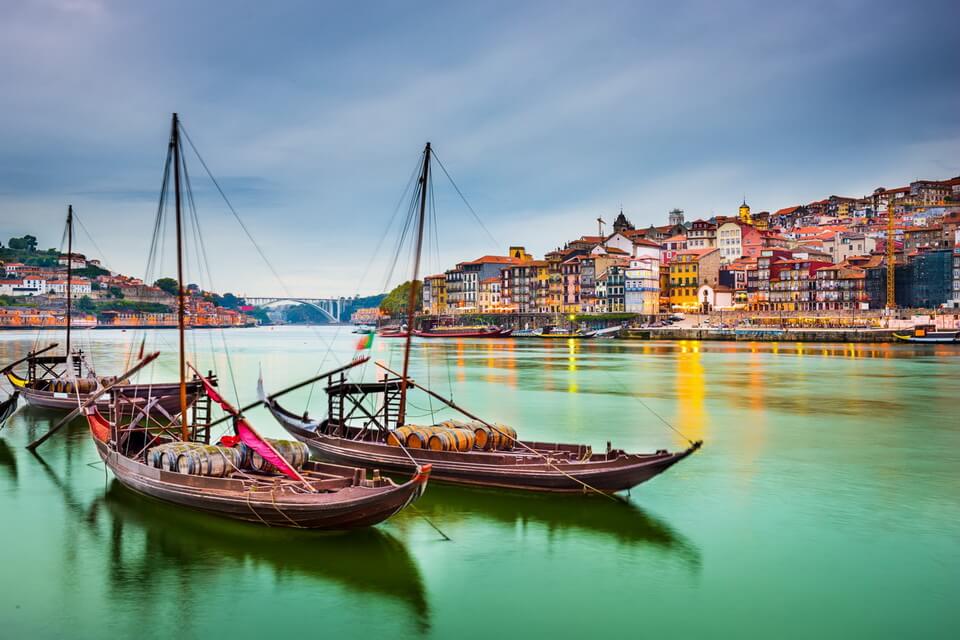
Benefits from investment for overseas settlement
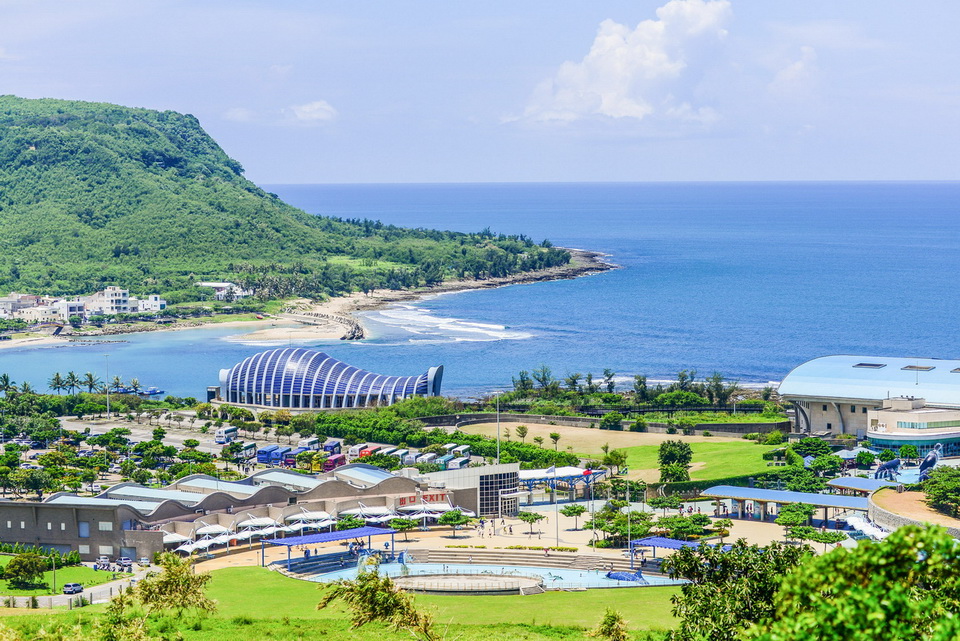
New experiences for travel in Taiwan
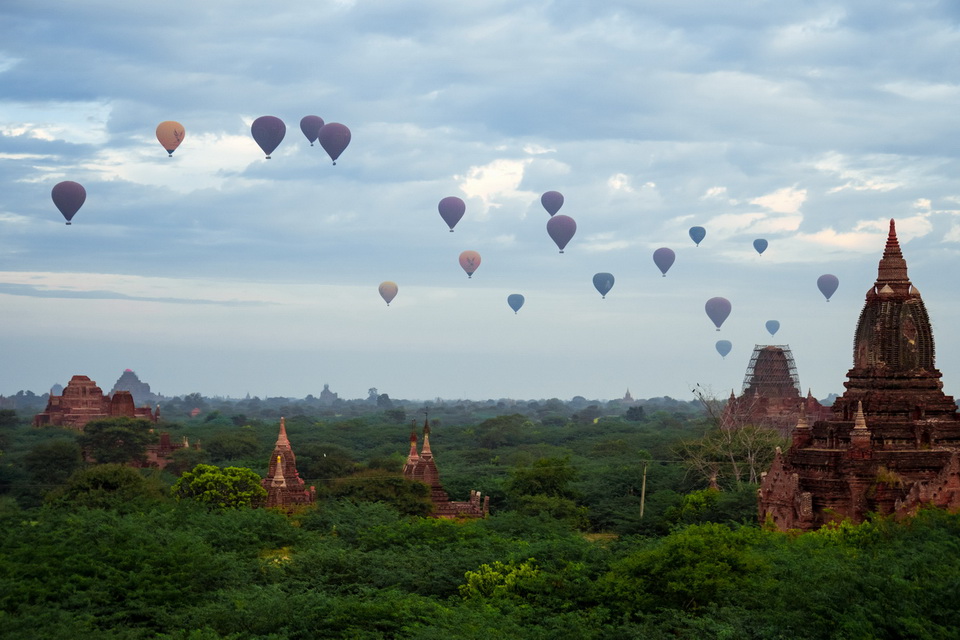
Exploring the ancient city of Bagan
Living a farmer’s life in Ibaraki Prefecture
Let’s live with farmers from the Hiroura Rural Experience Promotion Association in Ibaraki Town!
From cherry blossoms to nemophila, spring in Ibaraki is the season of flowers
Spring is the season of flowers blooming everywhere. This article would like to introduce the places ...
What's so special about experience tours in Ibaraki?
Ibaraki Prefecture is easy to reach from Haneda Airport or Narita Airport. It takes about 90 minutes ...
Where to see the most spectacular Cherry blossoms in this Spring
Spring is here, and so is the countdown to one of the most beautiful blooms of the year: Cherry blos ...
Tet and others spectacular festivals around the world in January 2020
In January 2020, Tet festival in Vietnam and others spectacular festivals around the world are color ...
The best Christmas drinks from around the world
Boozy, warming, and very indulgent – what more do you expect from a Christmas cocktail? Try one of t ...







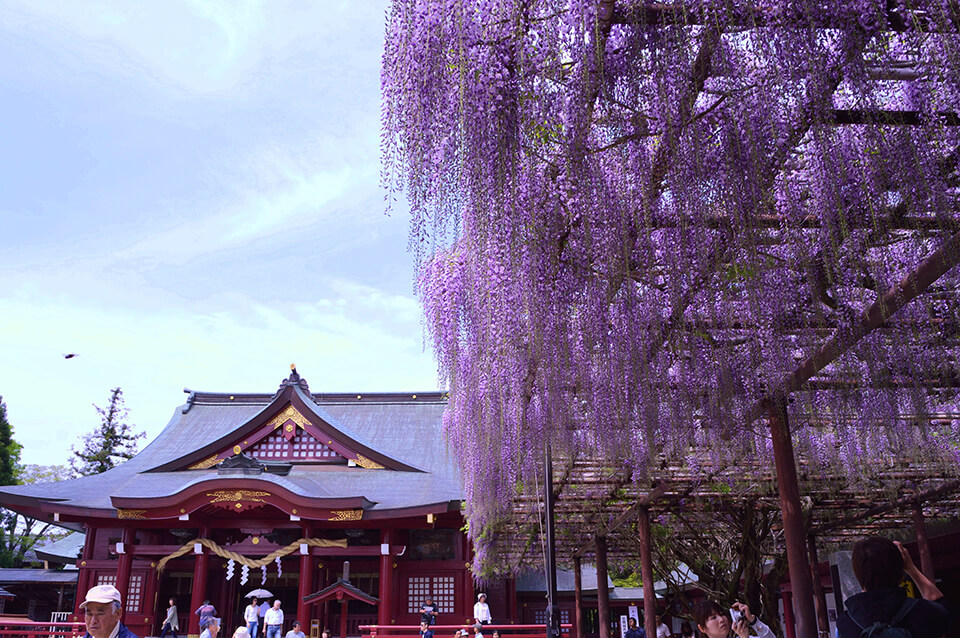
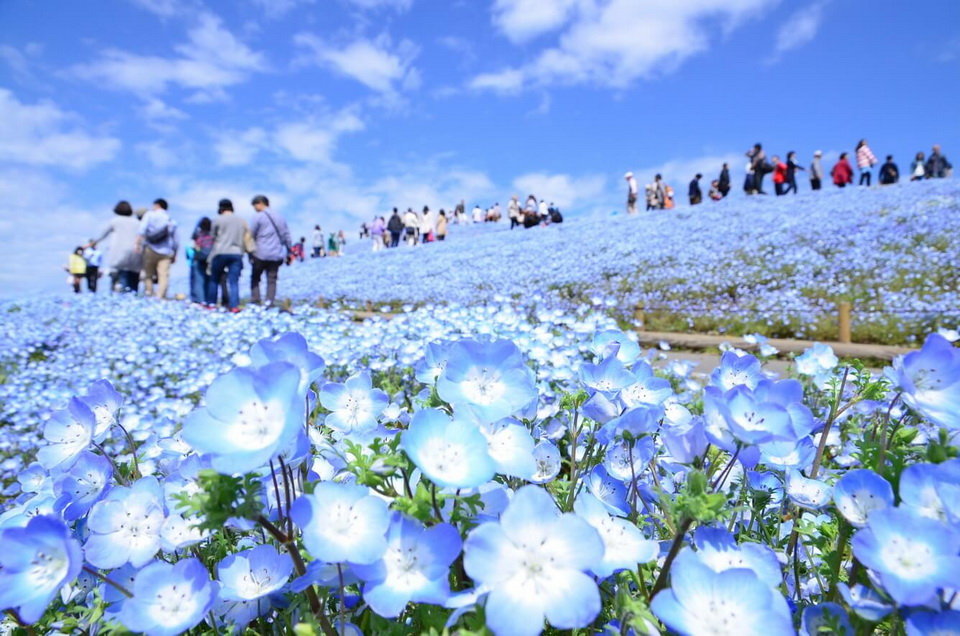
 (1).jpg)
